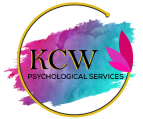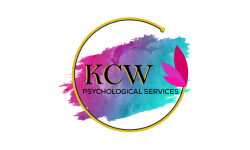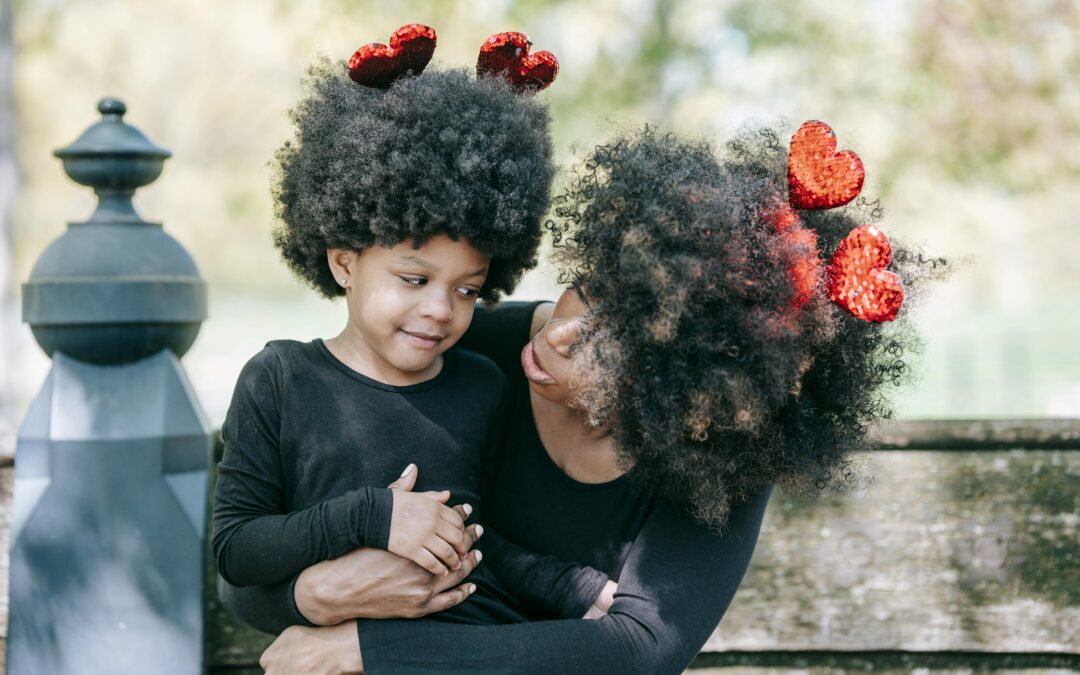Did you know that sometimes, part of our healing journey relates to connecting to our inner child and engaging in activities that our younger self might not have experienced growing up? At times, it may feel child-like and silly to engage in activities that seem to be only designated for children. However, engaging in child-like and fun experiences can help us build strength and heal our little selves one step at a time.

What is Inner Child?
Inner child refers to the emotional part of ourselves that holds childhood experiences, memories, and beliefs that often influence our adult thoughts, feelings, and behaviors. Our childhood years are the most crucial when it pertains to shaping the person or adult we are today. If we experience neglect, trauma, unmet needs, and/or significant loss as a child, our inner child may carry emotional wounds that influence how we react to situations, build relationships, and perceive ourselves. We all have an inner child in us–we can interpret this as a representation of our past experiences.
Importance in Understanding Our Inner Child
If we experience neglect, trauma, or unmet emotional needs as a child, the inner child can internalize negative messages like “I am not good enough,” “my feelings don’t matter,” “everyone will leave me,” or “people will only love me if I do something for them.” It is important to note that internalized feelings and thoughts can emerge at a higher rate if we have unresolved trauma–in other words, we never had the opportunity to heal and process our emotions.
Getting in touch with our inner child can help us understand our adult self better, helps us heal from past pain, and can help us handle future challenges. We can differentiate our inner child between healthy and unhealthy. A healthy inner child may present itself as playful, child-like, and fun. However, an unhealthy inner child may present itself with challenges as an adult, in particular when the adult experiences triggering events or memories of past trauma.
How to Connect with and Heal Our Inner Child
 Connecting with our inner child can involve different activities and support that can help address past wounds. It is recommended that we seek therapeutic support to better understand and process our experiences as oftentimes, such emotions can be triggering and hard to process on our own. Therapists can utilize a variety of therapeutic approaches that can help us heal our inner child. Below I share with you different ideas on how we can engage in getting in touch with our inner child.
Connecting with our inner child can involve different activities and support that can help address past wounds. It is recommended that we seek therapeutic support to better understand and process our experiences as oftentimes, such emotions can be triggering and hard to process on our own. Therapists can utilize a variety of therapeutic approaches that can help us heal our inner child. Below I share with you different ideas on how we can engage in getting in touch with our inner child.
Therapy: Healing your inner child can trigger discomfort and distressful emotions. It may trigger grief, traumatic memories, feelings of helplessness or fear. Seeking guidance from a trained mental health professional can provide us with support and can introduce us to coping and emotional regulation techniques in order to help us face our unhealed wounds.
Reparenting Through Counseling: The reparenting approach can help us meet our own unmet emotional and physical needs from childhood. It helps us build a better understanding of how past experiences have shaped our behaviors and relationships as adults. By reparenting ourselves, we are providing our inner child with care, support, love, and guidance. Overall, fostering a more positive relationship with oneself.
Embrace Joy and Play: Reconnecting with our playful, creative, and joyful self can teach us a lot about life. Engaging in any type of play can be a powerful tool to connect with our inner child as an adult. By engaging in activities you wished you had the chance to do as a child can help you reconnect with joy, wonder, and creativity.
Talking to Our Inner Child: Speaking out our emotions and challenges out loud to others can be difficult. One way we can “talk” to our inner child is by writing it down. Writing about our childhood experiences can help us explore our past and sort out emotions associated with it. A writing prompt that can be a helpful start is having our adult self ask our child self questions and listening to how our child self responds.
Overall, identifying and working towards fulfilling unmet needs in order to heal our inner child is a slow and steady process that requires a lot of patience. It will take time to change or heal certain behaviors and thoughts that have been ingrained as values and beliefs throughout most of our lives. Healing may be possible, it just takes time and patience.

Your Next Steps Toward Healing
Taking the first step can be daunting, but we’re here to support you. Contact KCW Psychological Services to schedule an appointment or learn more about how we can help you explore and heal your inner child.
Visit our website kcwpsychologicalservices.com today to learn more or to schedule an appointment. Let us provide the safe, supportive space you need to heal and thrive.
Related Articles
Related
Unwrapping Wellness: Managing Holidays and Mental Health
The holidays are here, and so are a variety of emotions that we may experience as we navigate the holiday season. Some people are ready to jump into the holiday spirit, while others are not and only want the year to end as soon as possible. Holidays can cause feelings...
Dia de los Muertos (Day of the Dead) & Grief
Dia de los Muertos (Day of the Dead) and grief are deeply connected to one another. Dia de los Muertos is a cultural celebration of life and memory for deceased loved ones. Originated in Mexico and now being celebrated in other parts of Latin America and the United...
Destigmatizing Mental Health-Raising Awareness One Conversation at a Time
October is Mental Health Awareness Month, so what better way to advocate for mental health than to discuss what mental health is and the stigmas that surround it. Mental health talk has been popularized thanks to social media and TV shows; however, they do not always...





